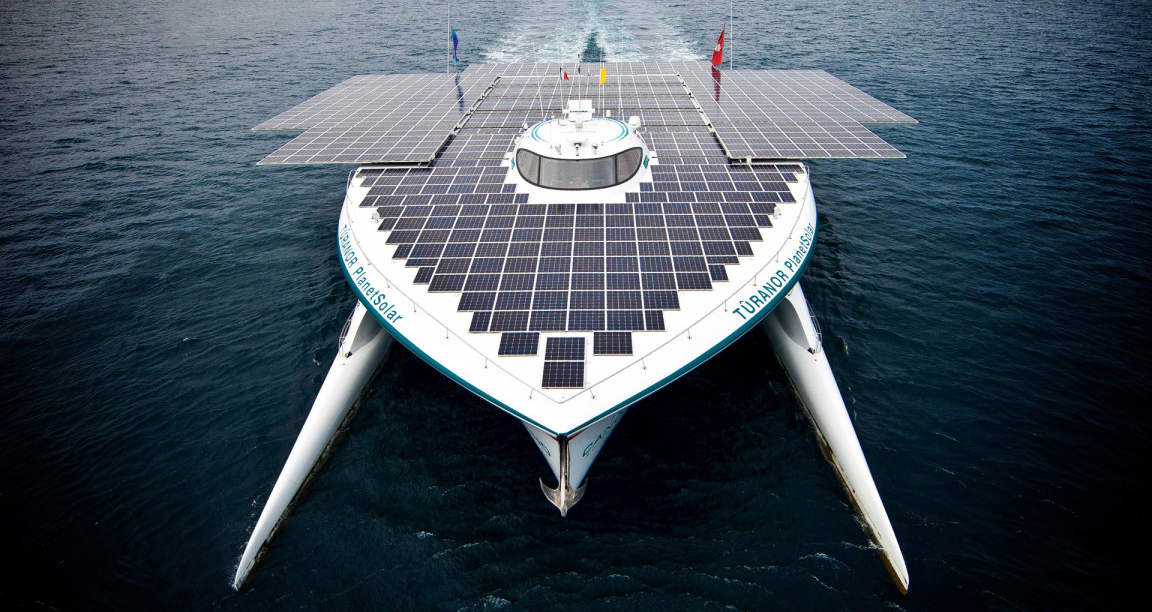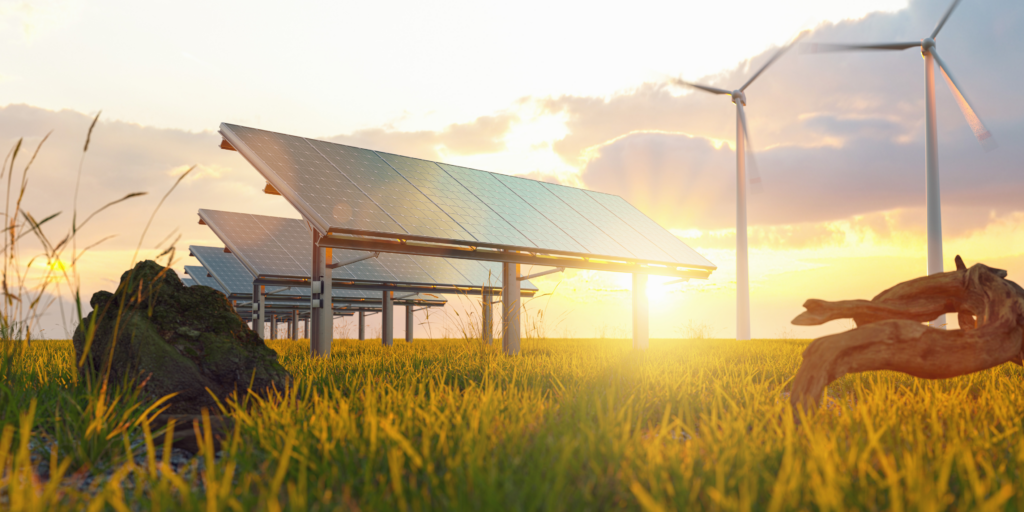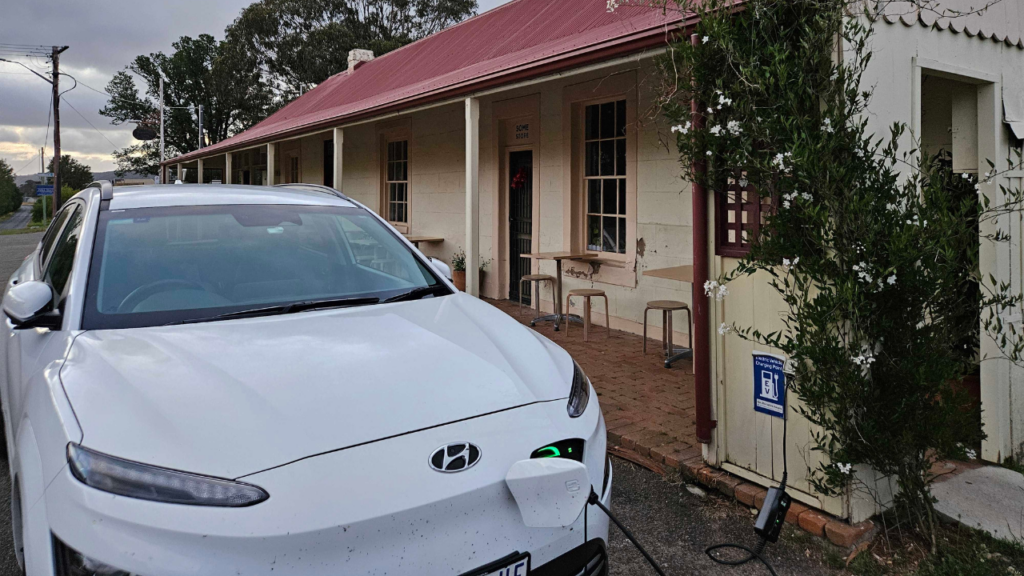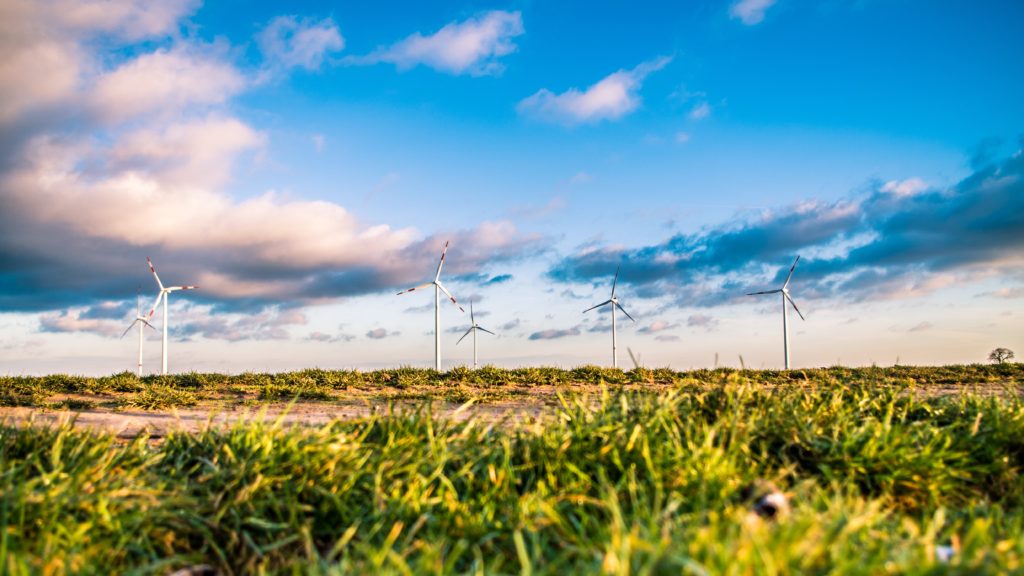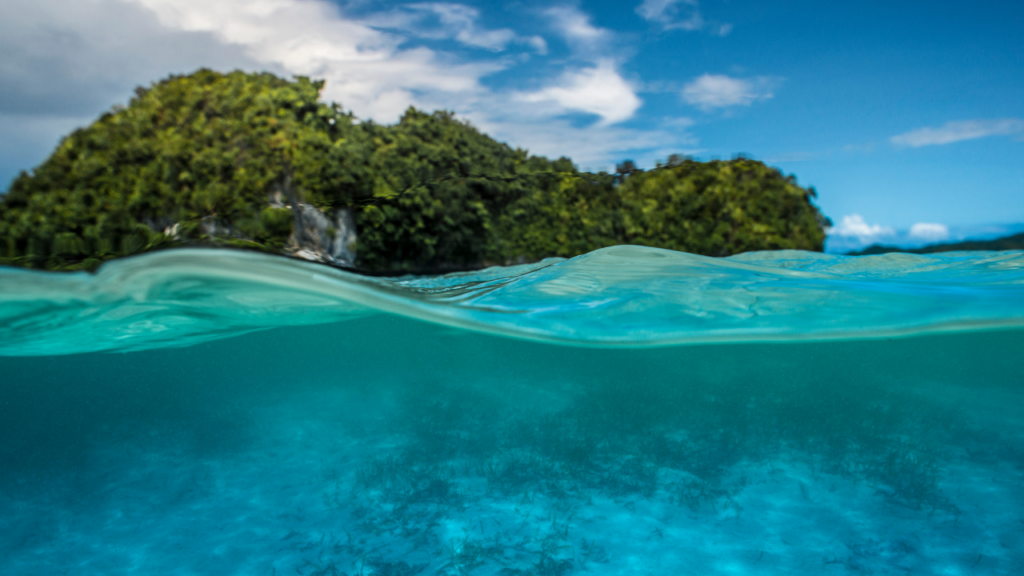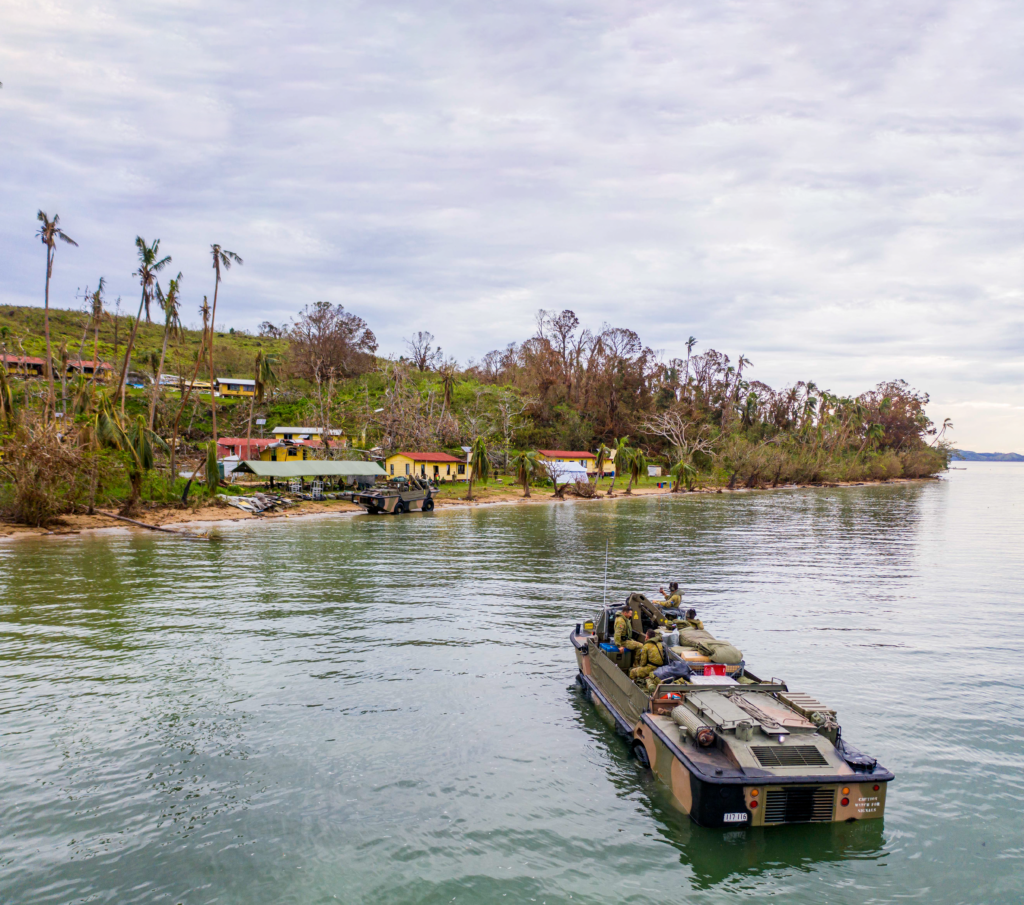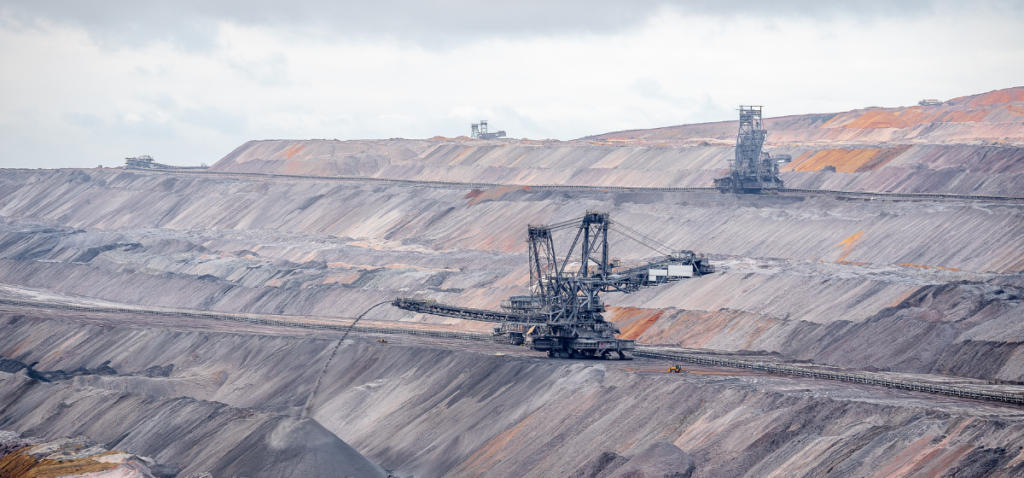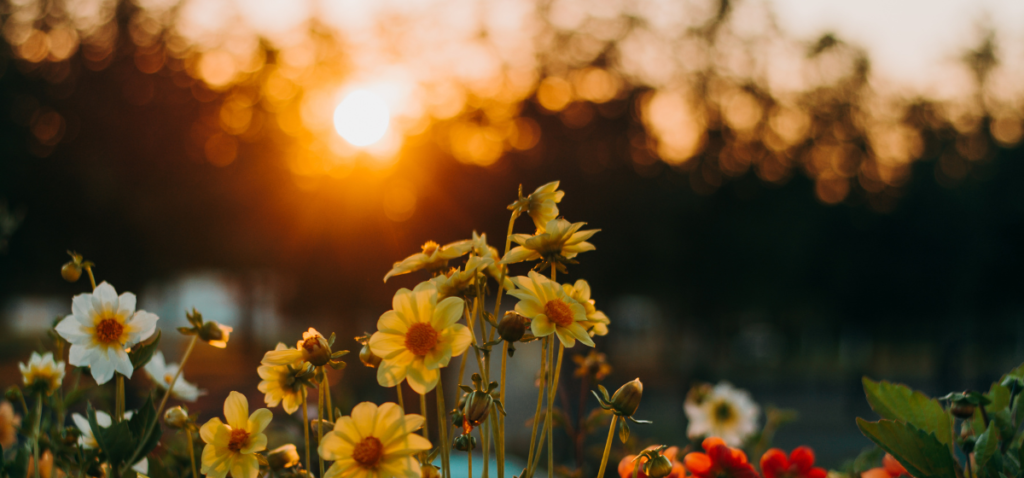Green smoothies and (pricey) smashed avo aren’t the only greens to hit Australia over the last few years… with smart design and the latest technologies, new sustainable developments are sprouting up all over the country!
Here are a few of our favourites:
WA’s White Gum Valley Housing Project

White Gum Valley near Fremantle comprises 80 dwellings with enough solar power (150kW) and battery storage (300kWh) to meet 70% of their energy needs! The project accommodates electric vehicles too, with charging stations powered by the development’s solar system.
ACT’s Denman Prospect

Just outside of Canberra is Denman Prospect: a new “solar suburb” set to include 4000 dwellings. Denman is Australia’s first suburb to have minimum solar requirements, with a 3kW system required for each household – reducing annual emissions by approximately 3.7 tonnes per house. That’s similar to removing one car off the road per year!
TAS’s Hopkins Street Affordable Housing
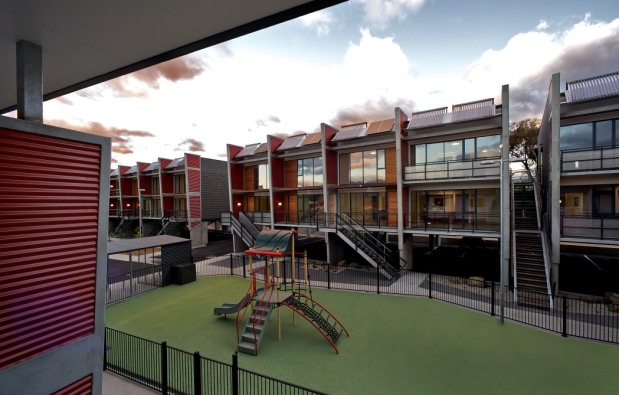
This innovative social housing project in Moonah, Hobart features efficient heating and insulation, solar hot water systems, and communal solar panels. They’ve also got community gardens with compost turners and worm farms, bicycle storage, clothes drying lines, and a built-in area for residents to exchange unwanted items.
NSW’s Central Park

The HUGE Central Park development in inner Sydney includes 3000 residences plus 65,000m² of retail and commercial space – all powered, heated and cooled by an on-site thermal tri-generation plant (twice as efficient as coal-fired power plants). It’s estimated that Central Park will reduce emissions by up to 190,000 tonnes over 25 years – similar to removing 2500 cars off the road every year!
VIC’s Council House 2
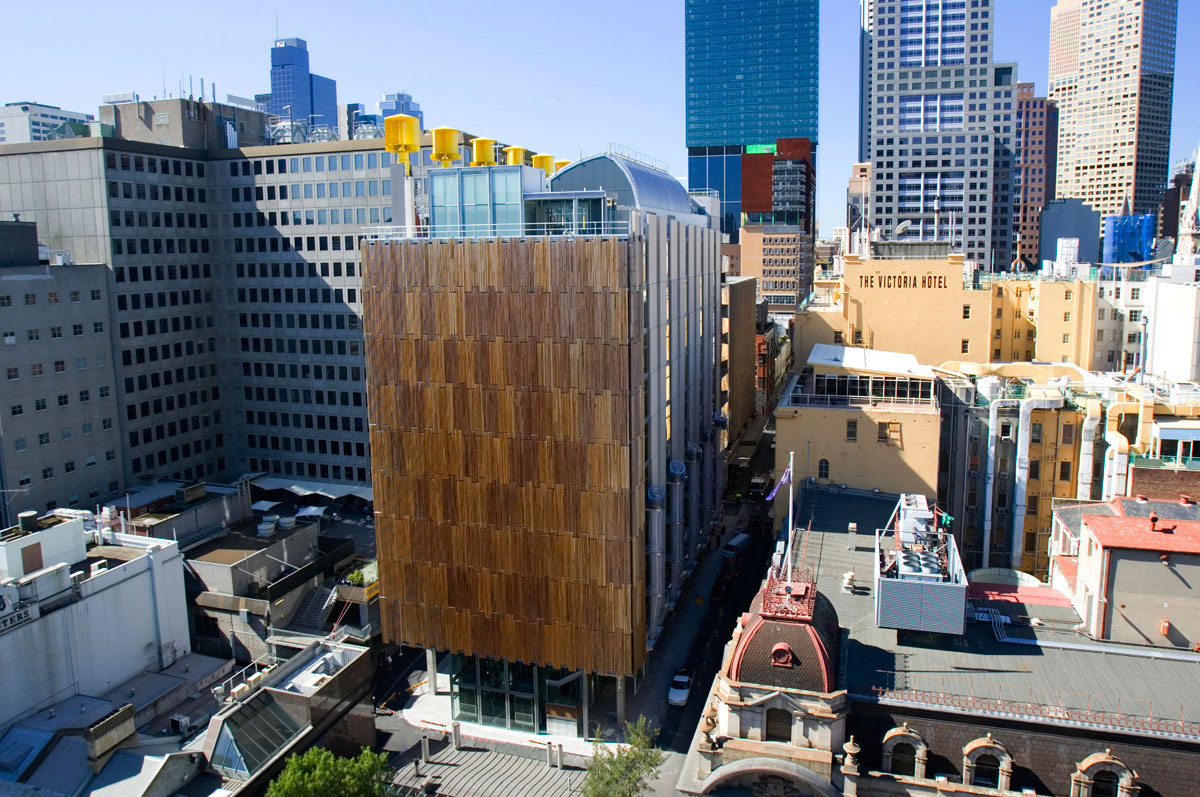
Council House 2 in Melbourne’s CBD has a gas-powered co-generation plant (electricity and heating) that creates enough electricity to supply 30% of the building’s needs. The building also has 23 solar panels, powering 60% of its hot water requirements, and wind turbines on the roof to generate additional electricity!
NT’s Australian Centre for Indigenous Knowledges and Education

The ACIKE building at Charles Darwin University features controlled air conditioning and motion-triggered, low-energy lighting. It maximises water efficiency by capturing water from the building’s air conditioning and re-using it in outdoor ponds, waterfall and garden. Rainwater is also recycled and reused in the toilets and the garden!
SA’s Ingkarni Wardli Building

This University of Adelaide building is teeming with sustainable technologies, including hydronic cooling loops within its concrete floor slabs, a low-energy double-glazed curtain wall and a programmable lighting system. It also has a rainwater harvesting system with the capacity to store up to 500,000 litres underground – taking care of all toilet flushing and irrigation in the building.
QLD’s Santos Place
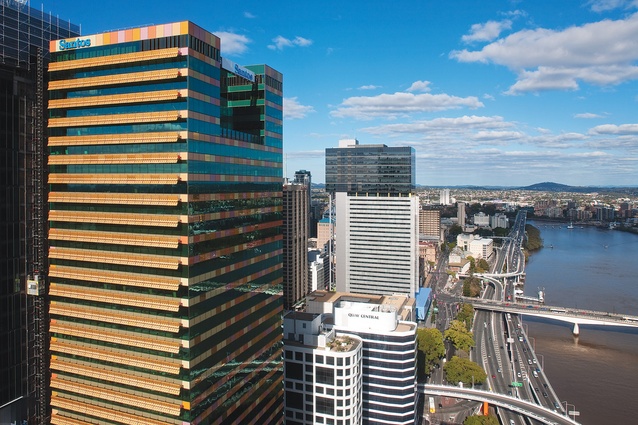
Santos Place is the largest building in Australia to receive a 6-star green building rating. It has (bear with us) an energy efficient gas-powered tri-generation system, rainwater tanks, passive heating and cooling features, motion-sensor lighting AND the building was constructed with 20% recycled concrete and 90% recycled steel!
Image credits:
- WA: LandCorp
- ACT: Denman Prospect
- NSW: Central Park Sydney; Flickr user Kokkai Ng
- QLD: Jon Linkins via Architecture AU
- VIC: City of Melbourne
- NT: Irwin Consult
- SA: Aurecon
- TAS: XSquared

